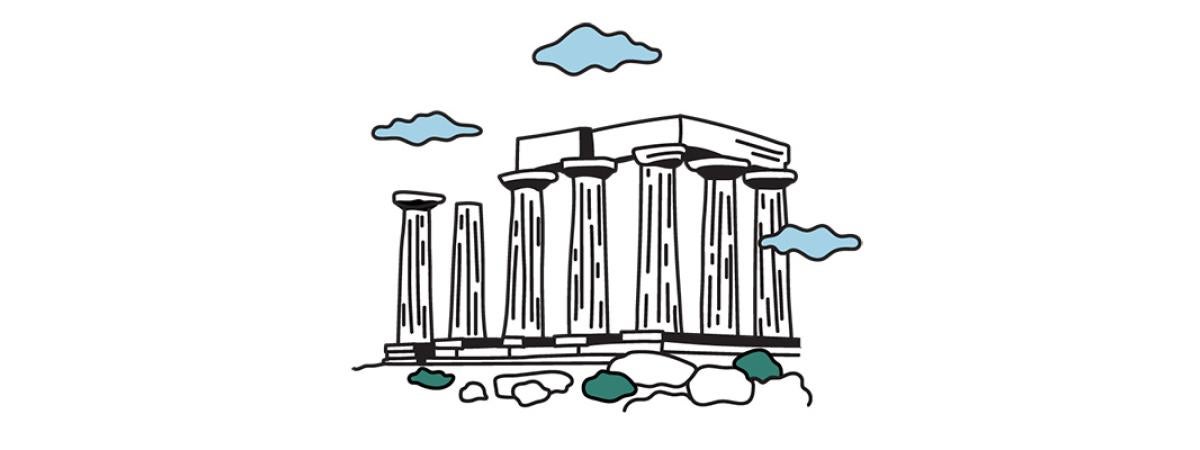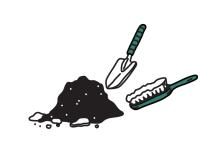
Unearthing pieces of the past
A summertime course immersed students in a Greek archaeological dig
In May, seven Case Western Reserve University undergraduates embarked on a journey that brought their classroom lessons to life—one handful of earth at a time.
As part of the classics summer course “Archaeological and Epigraphical Field School: Greece,” students traveled to Ancient Corinth, Greece, and various archaeological sites in Athens and across the country’s southern region. With trowels in hand, they dove into fieldwork at Lechaion, the harbor of Ancient Corinth, and also worked with ancient inscriptions stored in the Archaeological Museum of Isthmia.
Associate Professor Paul Iversen, PhD, chair of the Department of Classics, led the course to give students a possibly once-in-a-lifetime opportunity to experience an archaeological dig and help measure and describe the inscriptions—some dating back about 2,300 years.

Supported by CWRU endowment funds, the course blended hands-on experience with academic rigor. Students—whose majors included classics, anthropology and engineering—practiced surveying techniques using archaeological software, excavated pottery and other artifacts, and studied the ancient inscriptions.
“Several of my fellow trench mates were not previously engaged in classics or even archaeology,” recalled Nicholas Stewart, a second-year student majoring in classics. “Despite these differences, we were all able to connect over the shared program. It was a valuable demonstration of interdisciplinary action and study.”
Illustrations by Rinee Shah

